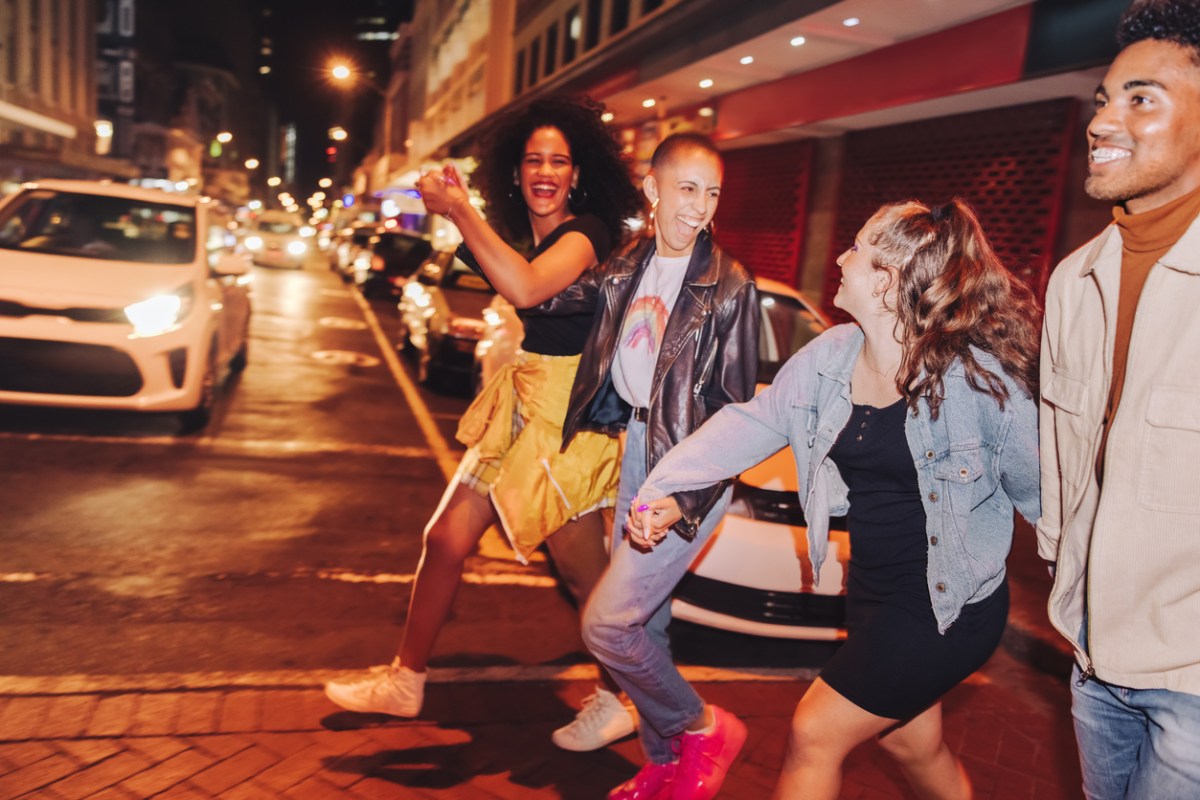The latest Night-Time Economy Insights Report, released today by the Night Time Industries Association (NTIA), shows increased engagement and footfall in Sydney’s nightlife precincts, but a decrease in discretionary spend as cost of living pressures continue to bite.
The January to March 2025 quarter saw strong growth in several nightlife precincts, with Oxford Street West (+14.55%), Kings Cross (+10.53%), and the Ivy Precinct (+19.21%) leading the way.
Visitation data shows Saturdays remain the dominant night, but midweek activity is increasing in precincts like YCK Laneways and Crown Street. Despite these promising signs, the data points to a mixed outlook for businesses – particularly as operating costs rise and discretionary spending tightens. A tightening of the middle-income segment is also putting more pressure on hospitality operators.
The 25–34 age group continues to drive the majority of night-time activity, but the highest food and recreation spend is concentrated in areas like Kings Cross and the Ivy Precinct, where average weekly F&B spend exceeded $200. Precincts with lower-income populations, such as Chippendale and South King Street, still attracted strong visitation, suggesting the continued importance of value-driven offerings.
Across all precincts, over 70 per cent of residents earn between $40,000 and $149,999, but declines in the $80,000–$149,999 bracket (-2.4% in some areas) underscore the economic pressure facing the sector’s core customer base.
“We’re seeing promising signs of resurgence – people are starting to head out again, stay longer, and engage more deeply with their local nightlife precincts. But these green shoots are growing in tough conditions,” stated NTIA CEO Mick Gibb.
“The middle-income cohort – the heart of our night-time economy – is under pressure. Without this cohort, operators won’t be able to sustain the onslaught of rising costs from insurance premiums, six-monthly spirits excise increases, regulatory costs and much more.
“Sydney’s nightlife precincts have incredible potential, but operators can’t grow if the cost of doing business keeps climbing.
“We need to continue working with the government to remove the barriers that make it harder and more expensive to operate after dark.
Odd Culture Group’s venues are all located within Sydney’s nightlife precincts. COO Rebecca Lines said that the group’s venues had felt the ramifications of cost-of-living pressures, but that offering a distinct experience at each venue had helped in addressing the shortfall of discretionary spend.
“We’ve noticed that despite pressures around cost-of-living, there’s still a clear hunger for meaning, which is where we come in. Our venues are places we want to offer a consistent, valuable experience, and guests are rightfully more conscious of where their money goes, who it supports, and what values come bundled with the experience,” stated Lines.
“We’re not immune to how behavioural shifts impact the wider industry, but we remain focused on building venues that are viable not just financially, but socially. Of course, we’re also trying to strike a balance with things like daily food specials at The Duke, or Pleasure Hour at Pleasure Club, but ultimately when it comes to how our guests interact with our venues, it’s the experience we prioritise every time.”
Key insights
A resurgence in visitation to the nightlife precincts – as outlined above – is one of the key insights of the Night-Time Economy Insights Report. Others include:
Localised and loyal audiences
Some precincts like Oxford Street East (–1.87%) and the Uptown District (–2.79%) saw declines in unique visitors but increases in visit frequency, suggesting stronger ties to local patrons and repeat visits rather than broader draw.
Demographic realignment
The 25–34 age group continues to be the most active nightlife demographic across all hubs, particularly in Haymarket (10.96% aged 25–29). Precincts like Oxford Street West and Ivy Precinct show balanced age appeal, with high engagement from 40–64-year-olds.
Midweek opportunity
YCK Laneways and Crown Street showed surprising midweek strength, with Tuesdays and Thursdays seeing strong foot traffic – a potential opportunity for venue operators to reimagine off-peak trading.
Income distribution shifts and tightening discretionary spend
The $80,000–$149,999 income bracket declined by up to 3.38 per cent in some precincts, putting strain on a key spending cohort. Meanwhile, the highest income group ($150k+) remained stable or slightly increased in premium precincts like the Ivy Precinct (10.71%).
While household incomes in premium areas like YCK Laneways and the Uptown District hover around $2,790 per week, middle-income earners (still the majority) are showing signs of pullback in discretionary spending.
Spending still strong in some areas
Kings Cross leads Sydney in per-person weekly spend on food ($208.36) and recreation ($131.46), reinforcing its role as a premium nightlife destination. Enmore Road and Chippendale continue to perform despite lower average household incomes, suggesting strong community engagement and value-driven visitation.
The full report is available exclusively to NTIA members.

